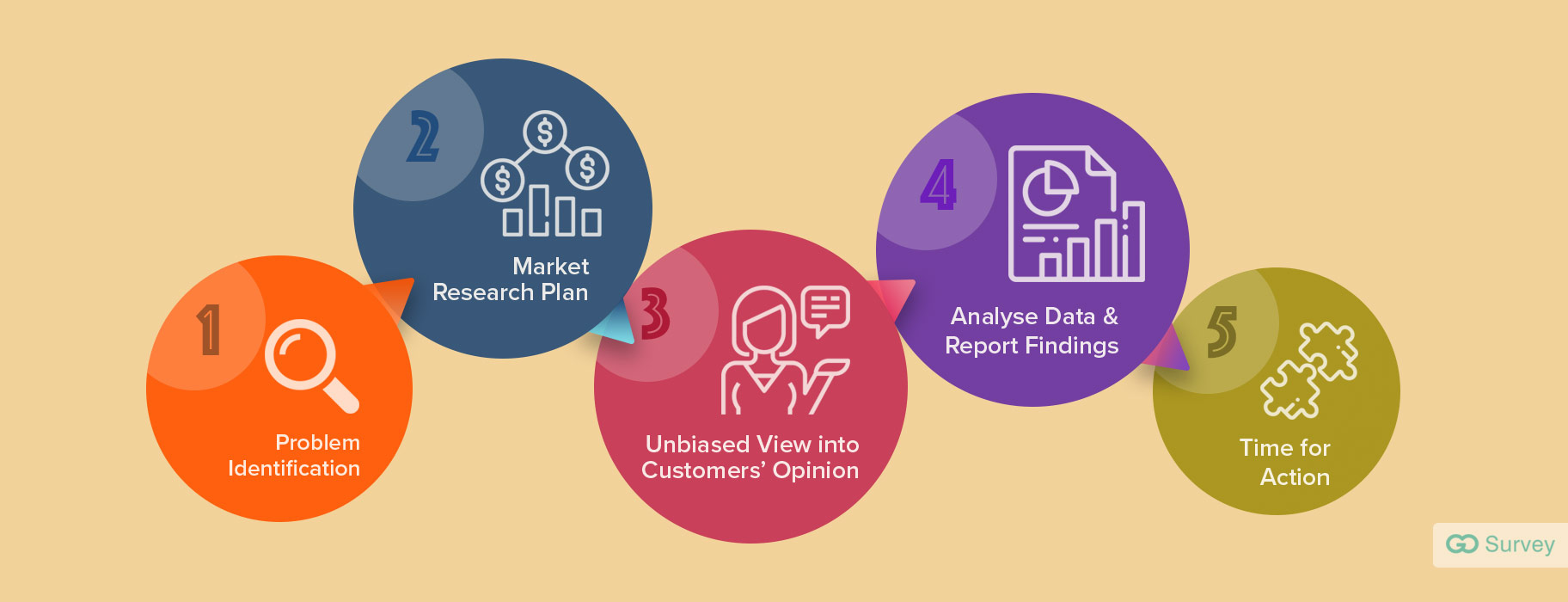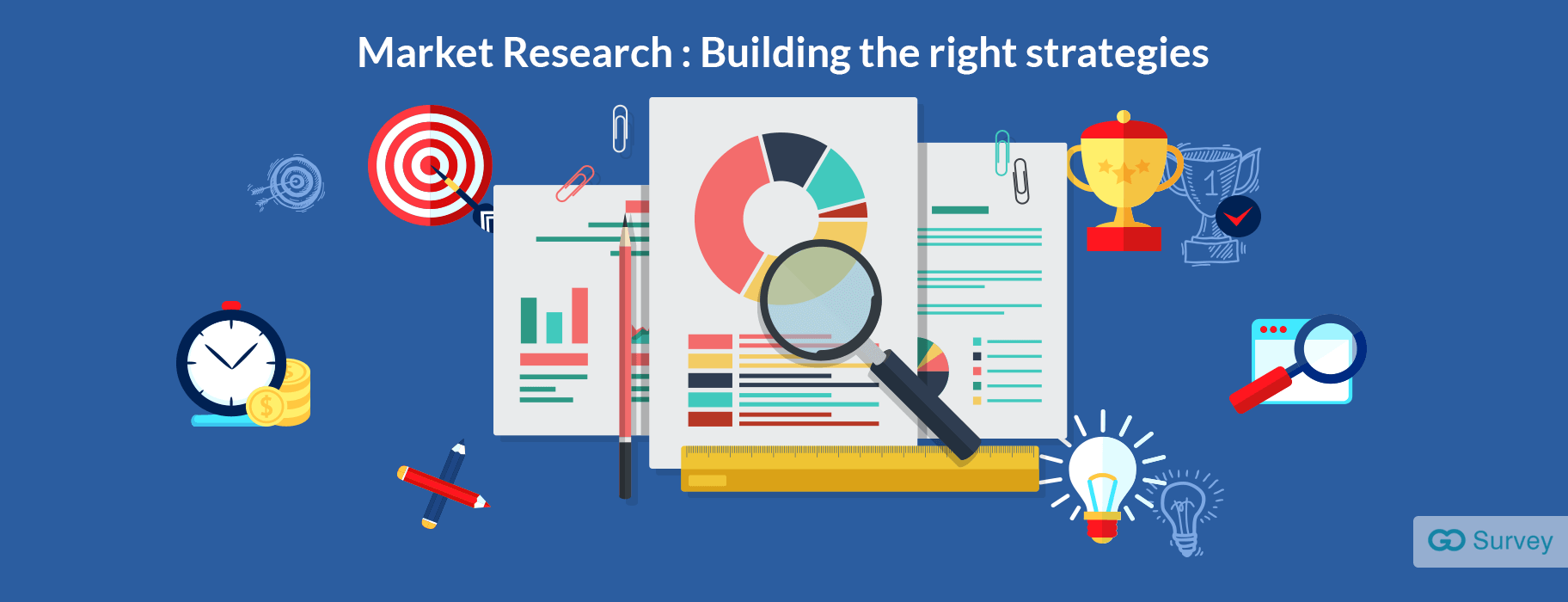Rolling out a new product is a serious challenge. Forget success, the fear of failure keeps entrepreneurs on tenterhooks. There are always unknowns lying in waiting. And if, God forbid, the new launch is taken to the markets without actual research into trends and target audience, the chances of failure get doubled. In an expert analysis conducted into businesses that failed, it was revealed that over nine out of ten companies sank because they created a product nobody wanted to buy. Losses, as a result, spiralled up and things never took off as expected.
This analysis, along with a dozen others, pin-points the importance of market research by entrepreneurs before they foray into new lines of business. The practice has evolved to become the ‘lifeblood’ for organisations that seek to gain foresight into the future and make informed decisions using data. This leads the way to effective resource allocation and incremental gains. Most importantly, organisations are well-equipped to adapt and act faster with changing market conditions while reducing risks.
However, much as we focus on market research and its dominance, it’s lamentable that most companies choose to exclude it when they create market strategies. They argue that including market research as a part of the whole scheme is costly. However, truth be told, this isn’t the best decision. By doing so, organisations are forced to act purely on impulse, which ultimately results in skewed decisions, high cost overheads, and growth slowdown.
Market research need not be capital-intensive. A few savvier businesses have come to know the drill of doing it reasonably. Through this article, we explain the five-step market research process that makes it simpler for organisations to unearth trends with less cost.
1. Look Closer and Identify the Problem You’re Solving
Market research lies at the core of today’s businesses, which is why it shouldn’t be led without a strategic direction. So, the word to the wise is: find a problem and measure its relevance with respect to your target market. This is important to adopt the right course and drive positive outcomes. By defining the problem, you will be uniquely positioned to find out what information you need and how you can get that information. Explore other aspects to every granularity and develop more questions like: who all are affected by the ‘said’ problem? Who are your potential customers? Does a solution already exist? Are any improvements needed? Is the solution future-ready? These might also include questions based on demographics, occupations, customers’ interests, and other key variables.
2. Build a Market Research Plan
Once you’ve whittled down to the most relevant question and have armed yourself with first-hand information, it’s time to build a market research plan. The motive remains to either find out the ideal method to solve the research problem or outline the opportunities. The first-hand approach to finding competitive solution is to conduct research through surveys. You can choose to do so using GoSurvey, it is helpful as it has the ability to conduct surveys without an internet connection. Also, reach out to random, anonymous user to get a hang about customers’ opinions and place your finger right at the pulse. Alternatively, you can opt for run user tests on your website or landing pages. This is the most cost-effective method to acquire market intelligence and ensure the most flawless results. Simple A/B tests are also a handy way to discovering user insights and drive informed decisions.
3. Build an Impartial, Unbiased View into Customers’ Opinions
You could end up generating large pools of data that will comprise both quantitative and qualitative facts. Ideally, creating a right mixture of both data types can help you drive the most significant insights. It’s also important to note that parts of this acquired data might not be precise and require cleansing to make business sense. To ensure data veracity, organisations must ensure that they hire a team of data scientists to clear data from any irregularity or replication.
Creating an unbiased data environment is also a critical rallying point. Oftentimes, researchers ask questions which are downright influential. For instance: a question like, don’t you think our product is better than the competitor’s, is clearly designed to influence the customers’ opinions in favour of the former option. Such an approach isn’t aligned to industry best practices and is unethical beyond question. Ask both open-ended and close-ended questions to take an objective view into target markets and leverage consistent results.
4. Analyse Data and Report Findings
Data analysis is the real fulcrum, and you must put the best-of-breed techniques in line for reliable results. As you wade through the troves of information, it’s absolutely normal for a specific result to jump on you. However, please be advised that analysing all sets of data in their entirety is essential to discover the dominant trends meaningfully. Next, create a well-articulated study, complete with graphs and charts, in order to find out the best possible course of action. Writing a summary can help readers go through the study in a condensed manner while saving time and efforts.
Don’t be surprised if you come to know that the collected data don’t reflect on the actual standing of the market. When encountered with such a scenario, it’s time to step on the gas and get launched to the ground zero again. Collect more data, improve efficiencies, and adapt as needed. Figure out where you fall short and improvise, but never settle for semi-baked, inefficient analysis.
5. Time for Turning Traction into Action
It’s time for all-hands-on-deck job — creating marketing strategies and campaigns. Leverage your findings to solve the puzzle and drive value creation in terms of sales and ROIs. Although this might seem the final stage, it isn’t over yet. Market research continues like clockwork, and there’s never an inflection point. Since trends and scenarios are always changing, you can never sit on the laurels and take time out. You should keep generating and analysing data and respond to markets with greater agility.
That’s all for this guide on phases of market research. Though the scope of the subject is wide-ranging and diverse, these five steps are good enough to give you a straight heads-up. For more such posts, keep reading this space again.








